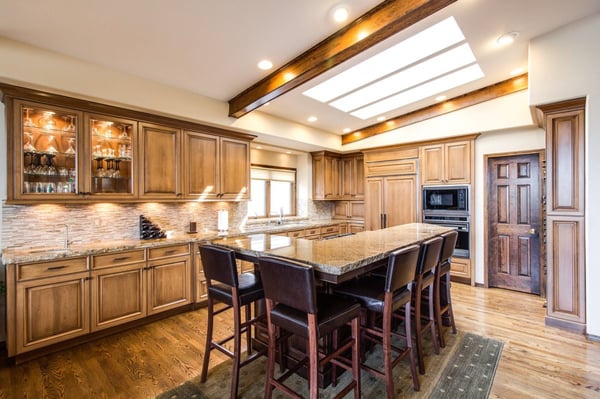As stated in previous articles, your model home allows potential buyers to test drive the home, kind of like test driving a car, before buying. You typically test drive the exact car you plan to purchase, but homes are different. Touring a model home will give customers an idea of what their home will look like, but it’s not actually the home they will purchase. Which is why the tour given by your sales agent is crucial. An in-person model home tour must be conducted properly to capture the attention of buyers.
The ultimate goal of your sales agent is to get the buyer excited about the home. They need to practice personal positioning to put buyers in the right spot to get the full emotional impact of their message. Getting the buyer emotionally invested in the tour may pique their interest and increase the likelihood of a sale. Agents should rehearse the presentation and be prepared to tell buyers why they should choose one of your properties. Personal positioning involves identifying vantage points buyers should see and feel in the model home, then the sales agent guides them to those places.
When the agent is rehearsing the steps through the model home, they should also be rehearsing what to say, as well as when and where those statements are made. Creating a script for the tour for the agent to memorize or make notes from is important. Discuss energy efficiency in high energy areas like kitchens and living areas. Have your agent be transparent about costs when showing fit and finish upgrades. Dollar value has presentation power with a buyer, and transparency renders trust.
Remember, the buyer is going to follow you. Be deliberate in your tour. When you enter a new space, tell them the best way to experience that space. If there’s an amazing view, ensure it is seen. If there’s a cleverly placed amenity, point it out. If it’s a small space, let the buyer stand in it and get out of the way. This is about them and their experience, not you. They need to make a connection with the home, which is better done if you aren’t crowing a small area.
Every developer and builder has features and benefits specifically designed into their homes. Extra storage, energy efficiency products, specific floor plans, a particular form of lighting. Be sure to point out these details. Talk about why they are important, how they are beneficial and unique. Even small spaces have details in them that buyers may not notice at first, so making note of those is important before moving on to the next area.
As you move through the home, be aware that the buyer needs to see and experience the home from every angle. There are things they will see as they walk forward, different vantage points moving from room to room, views from above or below depending on layout, and sometimes features seen from the corner of the eye. The sales agent should ensure they get to see the entire home holistically and see all the ways they will enjoy the home once purchased.
Following these guidelines for an in-person model home tour will help your customer create an emotional attachment to the home, thus increasing the likelihood that they choose to buy a home in your development. Encourage your sales agents to follow these steps and adhere to these tips. Create a script, rehearse the script and the walk-through, ensure the buyer experiences the home from all angles, stay out of the way in small spaces and make sure that details are pointed out. Creating a connection between the buyer and the home is the key to success.

Recent Posts
- Spec Construction Loans: A Spec Line of Credit Is Worth the Paperwork
- Spec Homes and Pre-Sale Homes: The Relative Benefits for a Spec Builder
- How a Lender Sees Spec Construction Success: Insights for the Investor Builder
- How Is a Spec House Different From Other Kinds of House Construction?
- How a Private Lender Compares to a Bank Lender for a Spec House Construction Loan
